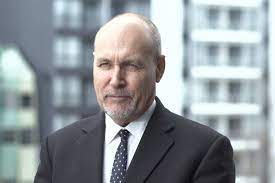

The housing market in Australia has defied expectations and continued to grow in May, despite fears of a drop-off.
Many experts had predicted that the ongoing property boom would fade out, driven by the end of the JobKeeper and HomeBuilder subsidies from the government.
These predictions had been helped along by the slower speed of growth in April, when auction markets were affected by Easter, school holidays and the ANZAC Day long weekend.
Markets have rebounded into May, however, with growth intensifying and ancillary factors, such as unemployment rates, economic participation and wider economic recovery continuing to drive demand.
First home buyer numbers have fallen slightly, a logical consequence of the rise in house prices that has priced many out, but auction listings are still breaking records. Clearance rates have also dropped, though that is largely due to the increased number of listings in total.
“When we were in the midst of COVID a year ago, there was a lot of uncertainty about the outlook,” said Dr Andrew Wilson, Chief Economist for Archistar. “It was uncharted waters, particularly regarding the economy. The government moved appropriately to instigate widespread and unprecedented support for incomes, but obviously it had a horizon in terms of when support packages would end.”
“I think, once we got out of lockdown, we start to see a brighten future in terms of health issues, and people started to focus on getting back on with their lives. There was a fixed period for income support announced, and we were always going to see a movement back towards normality and that would mean that people were prepared to stay on income support for the shortest time that they could. We saw that people moved quickly back into the workforce as the economy recovered and that’s been a continued process right through until JobKeeper finished at the end of March.”
“We saw signs early on, from as soon as the economy started opening up mid-year last year. People were moving back and recapturing their lives and getting back to work. That’s it really, people weren’t prepared to stay on income support longer than they had to. The economy was recovering, jobs were being created and people were motivated to go out and rediscover their old lives. The publicity around ‘the cliff’ did run out of steam when that became evident.”
“There was a little bit of headline chasing, but it was a period of high uncertainty and we really didn’t have any sort of blueprint to follow. Nothing like this had ever happened previously.”
